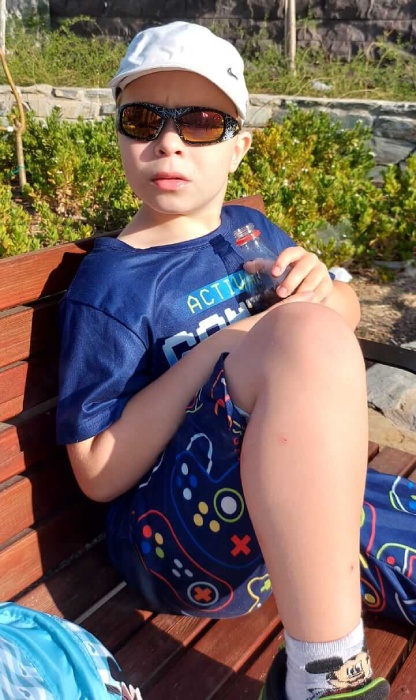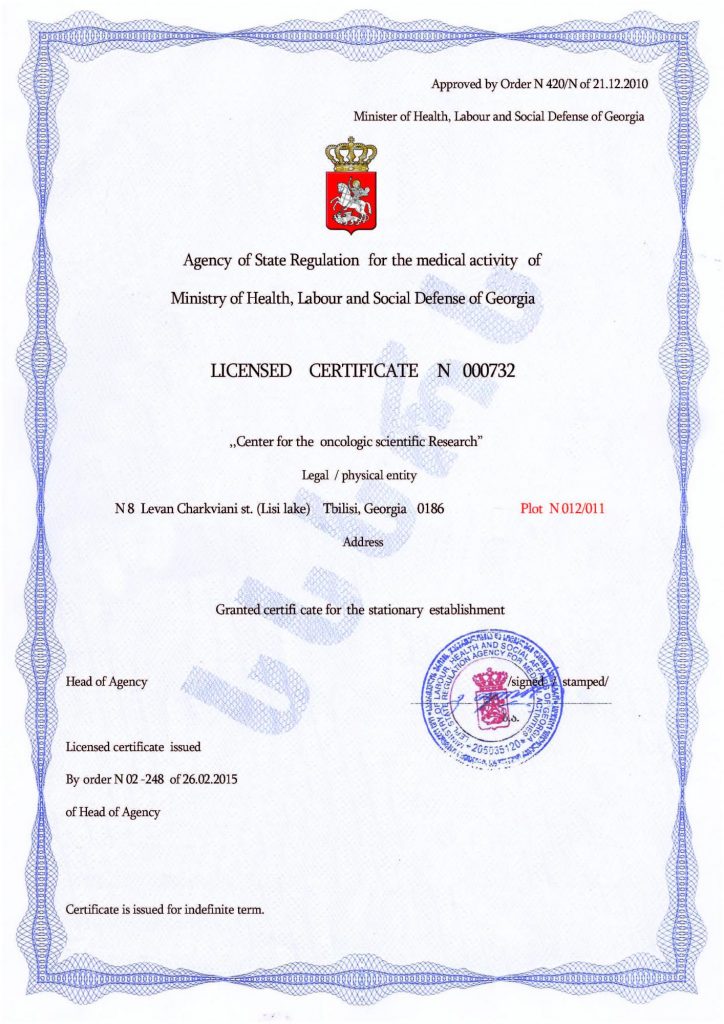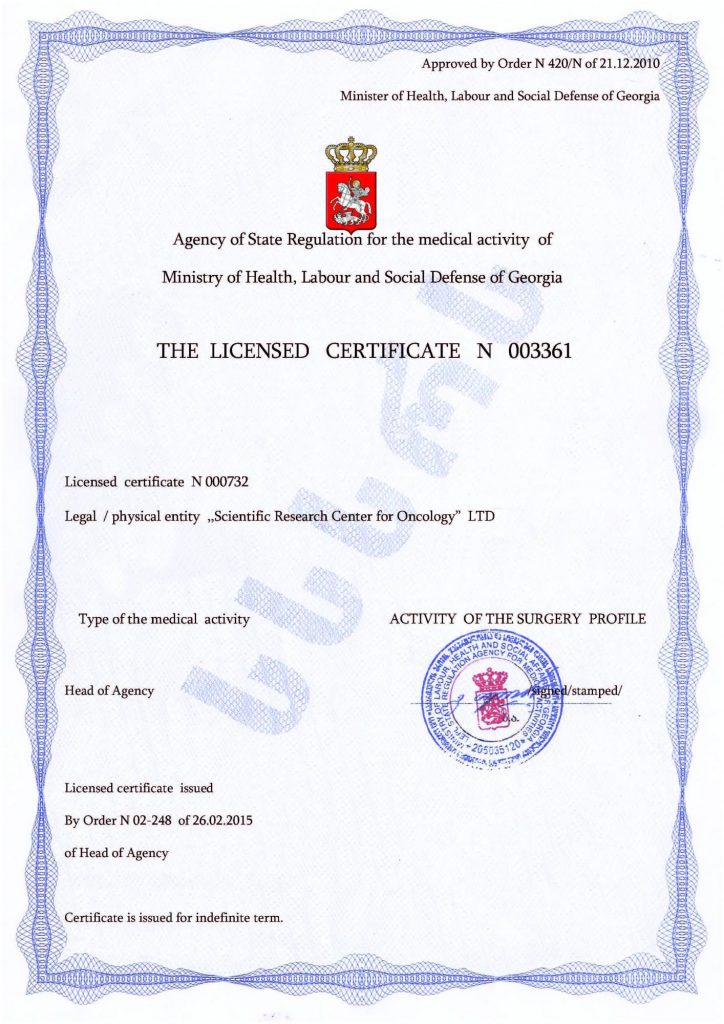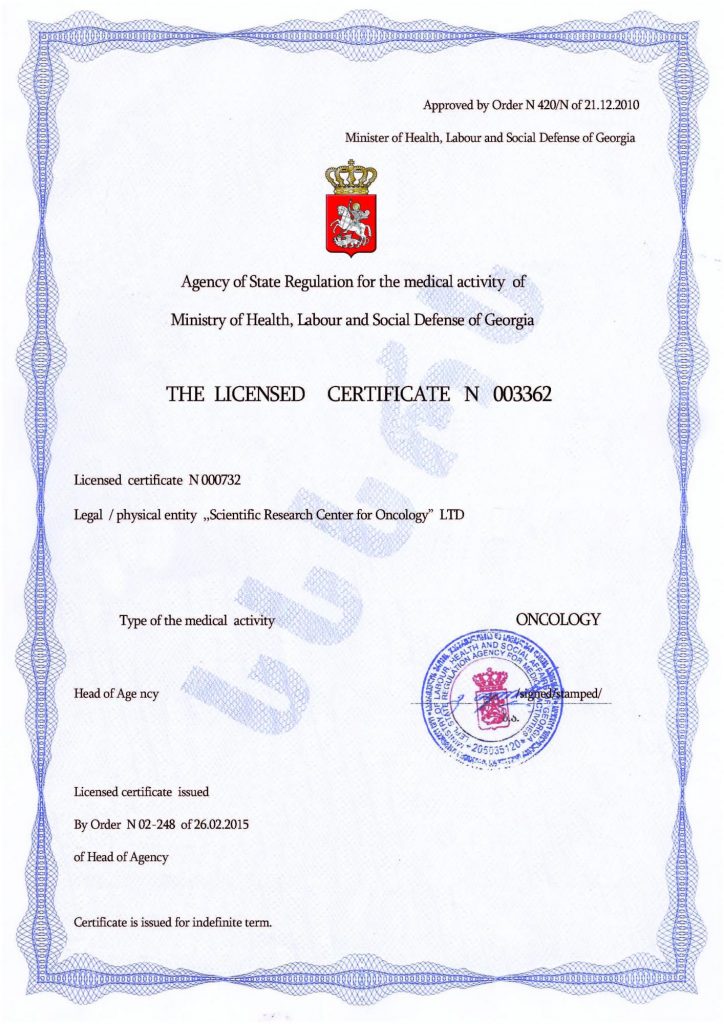How to Teach an Autistic Child to Speak Correctly?
One of the symptoms of autism is underdeveloped language skills, which can manifest in various ways. Sometimes, children can express themselves freely but struggle in the communication aspect. Speech characteristics may include echolalia (repeating words), mimicking dialogues from movies or songs, and uttering idiosyncratic phrases that contain sounds without any meaningful content, such as screams, yelps, etc. These individuals are essentially “retransmitters” but do not express their own thoughts or emotions.
Verbal autism also manifests in the fact that, while some children can speak at length on topics of interest, they struggle to maintain a two-way conversation on the same topic. Sometimes, children with verbal autism demonstrate exceptional abilities in areas such as memory, mathematics, music, or calendar calculations, but they still find it difficult to engage in a dialogue or may limit themselves to brief statements.
Another notable issue is the uneven development of language and communication skills. For example, an autistic child may be able to read words and sentences but not understand their meaning. Other children may often not respond to their name, even though they have no hearing problems.
The Role of Speech Therapy in Autism
For such disorders, the assistance of specialists, including speech therapists, is essential. The main goal of speech therapy for autism is to help the child speak without prompts and communicate their feelings and needs freely. Their speech should be meaningful, even without “cues” such as visual aids. It is also crucial to teach the child to form sentences using their own words, rather than “borrowed” phrases, such as those from advertisements or TV shows. Finally, it’s important to explain the usage of polite expressions like “hello,” “please,” “sorry,” and “thank you,” and teach when it is appropriate to use them. This helps the child overcome hesitation and participate more easily in conversations.
Addressing Other Communication Challenges
Once initial successes are achieved, it is possible to address other, less significant communication problems that can still negatively impact interaction. These include:
- Speech and sound disorders
- Difficulty in forming questions or responding to them
- Challenges in interpreting figurative language, leading to the use of statements that can only be understood literally.
It is important to regularly engage children in conversation on various topics, ask for their opinions, and address them when they feel comfortable. This kind of stimulation can play a significant role in the development of language, communication skills, and speech overall.
The Role of Speech Therapists and Medical Intervention
Speech therapists are important but not the primary specialists in correcting autism symptoms. They focus primarily on addressing the manifestations of the disorder in a specific area, rather than treating the disorder itself. For this, medical intervention is required, with cell therapy being the most effective approach.
Cell therapy is the most innovative, safe, and natural method aimed at eliminating autism itself, not just improving verbal skills. The process involves the transplantation of the patient’s own stem cells, which eliminates the risk of rejection. These cells have the unique ability to transform into any type of cell, replacing damaged ones that cause autism symptoms with healthy equivalents.
Soon after the procedure, brain and nervous system activity normalizes, leading to a reduction or disappearance of symptoms. This effect lasts for a long time, and in many cases, it is lifelong, enhancing the effectiveness of other correctional methods for the disorder.
It is possible that in the future, cell therapy will become the primary method for treating autism. Leading clinics around the world, including the Mardaleishvili Medical Center, already use this approach. The center’s highly skilled specialists, equipped with the latest technology, have extensive experience in stem cell transplantation. The quality of services meets the standards of developed healthcare systems, but the cost is lower. Additionally, patients receive comprehensive support with trip planning and solving various logistical issues, including accommodation.
Fill out the feedback form — take advantage of the opportunities provided by cell therapy!
Autism Treatment Center Videos
Autism treatment with own stem cells
Cord blood association congress
International Quality Crown
Autism Treatment Reviews
Autism treatment with own stem cells
The story of Alessandro (6 years old)
Autism Patient Testimonial - Stem Cell Treatment
Clients Testimonials

Anna – Sasha’s mother Read More

Amirkhon’s father — Tokhir Read More
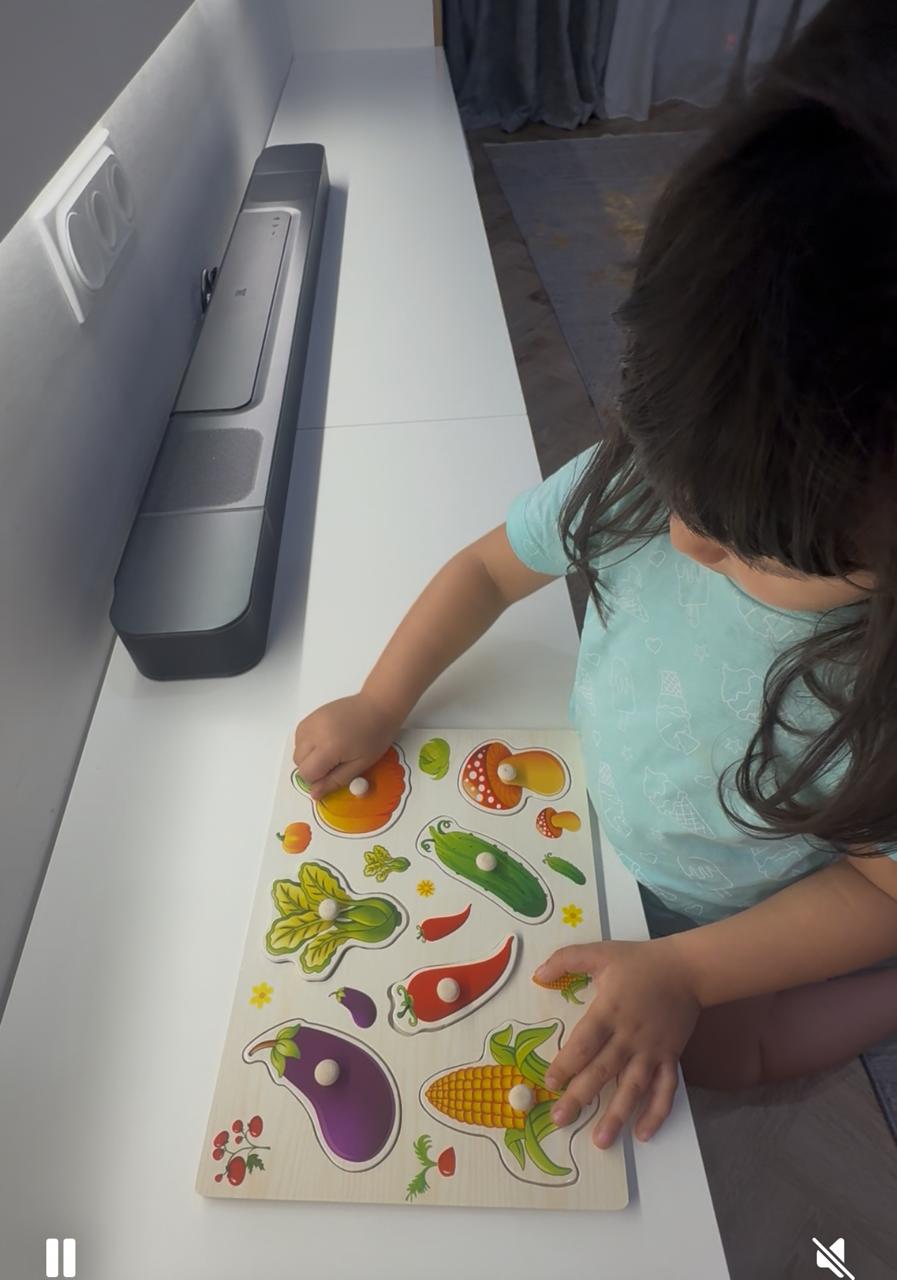
Dilana’s mother Read More
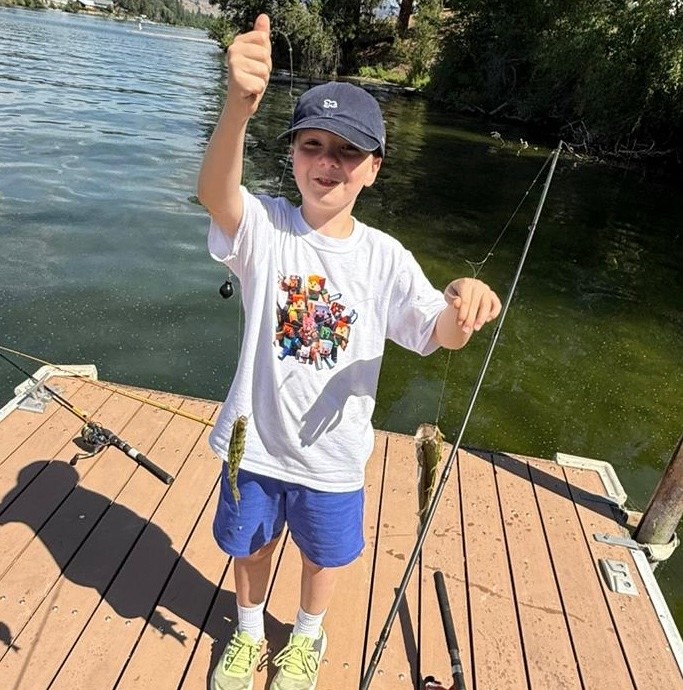
Irina and Stefan – Ilya’s parents Read More
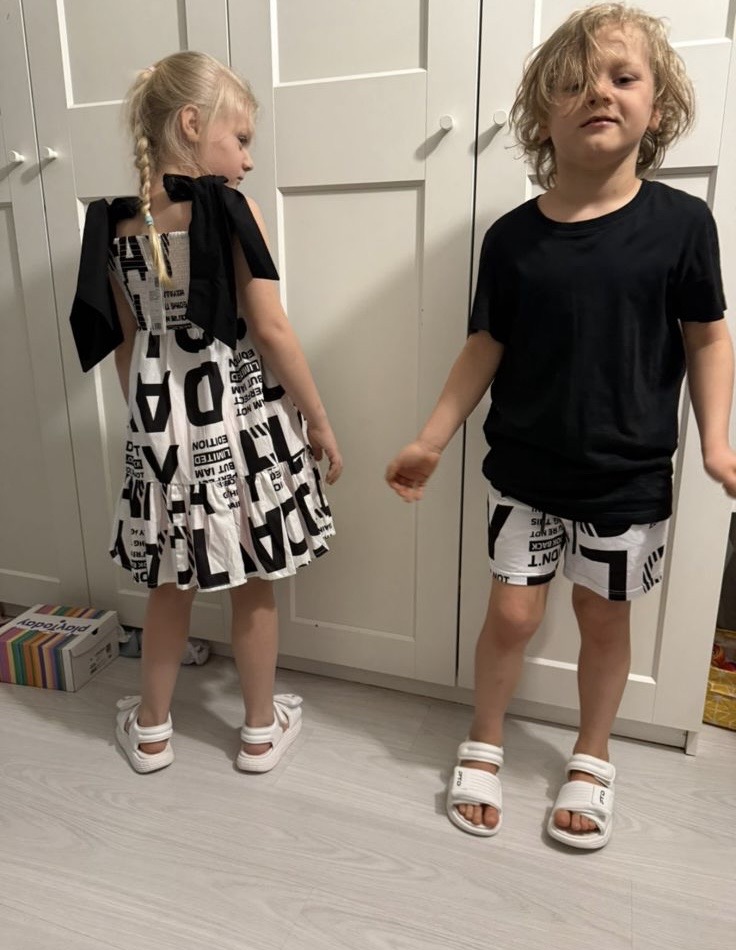
Kristina – mother of Nelly and Nik Read More
